Beside the River
Contemporary Art from the Lenbachhaus and the KiCo Foundation –

Since the early 1970s, the Lenbachhaus has mounted exhibitions introducing audiences to central tendencies in international contemporary art; Gerhard Richter, Arnulf Rainer, Cy Twombly, Piero Manzoni, and others have had solo shows at the museum. In its collections, however, this exhibition practice was reflected only in occasional acquisitions of contemporary art, for example, by Öyvind Fahlström, Sigmar Polke, and Arnulf Rainer. Only with the purchase of Joseph Beuys’s environment "show your wound" (1974/75) in 1979 did the Lenbachhaus lay the foundation for an open-minded acquisitions program.
An important feature of the collection the Lenbachhaus has built in the intervening decades is the focus on a small number of artists; the museum has closely followed and supported the evolution of their oeuvre and now possesses one of the most extensive and interesting collections of works by Gerhard Richter, Joseph Beuys, Isa Genzken, Maria Lassnig, Erwin Wurm, Anselm Kiefer, Angela Bulloch, and others. After 1945, artists consciously pursued abstraction, a central unfinished project of their modernist predecessors, as is evident in the Lenbachhaus’s collection with its emphasis on nonrepresentational and abstract art in groups of works, for instance, by Rupprecht Geiger, Hans Hofmann, Günter Fruhtrunk, Ellsworth Kelly, Sol LeWitt, Sean Scully, Sarah Morris, and Katharina Grosse.
Another focus of the museum’s efforts has been on photography; as early as the 1970s and 1980s, the Lenbachhaus’s acquisitions emphasized genuinely artistic engagements with this medium, building on the lively interest Lenbach, Münter, and Kandinsky had shown in photography. The first purchases in this field were photographic and video works by Friederike Pezold and Arnulf Rainer’s overpaintings of photographs. The collection as it stands today, however, ranges widely, from Walker Evans’s classical documentary photographs to extensions of the medium in the work of Thomas Demand and others and interior design installations by Wolfgang Tillmans.
New media
ew media such as the environment and video, performance, and land art were integral to the Lenbachhaus’s collection-building efforts from the outset. Because the museum started exhibiting video art very early on, it now has a collection that allows visitors to study the medium’s history from the beginnings to the present; exemplary works by Abramovic/Ulay, Gerry Schum, and Valie EXPORT illustrate its pioneering days, while Ulrike Rosenbach, Marcel Odenbach, Klaus vom Bruch, and Gary Hill represent the art of the 1980s. Works by David Claerbout and James Coleman exemplify the expansions of photography into installation art in the 1990s, and Sarah Morris, Willie Doherty, and Haris Epaminonda created some of the most recent art included in this division of the museum’s holdings.
Conceptual art, represented by works from the movement’s beginnings in the twentieth century to the present, is another focus of the collection. In this field, too, the Lenbachhaus decided to concentrate on a small number of exemplary artists: works by Mel Bochner, Roman Opalka, On Kawara, and Hanne Darboven illustrate the classical phase of the movement, while recent works by Liam Gillick, Cerith Wyn Evans, and Ceal Floyer stand for its contemporary expanded forms. Several artists — Joseph Beuys, Rupprecht Geiger, Gerhard Richter, Maurizio Nannucci, Pablo Bronstein, Lawrence Weiner, Gerhard Merz, Dan Flavin, Olafur Eliasson, Richard Serra, Dietmar Tanterl, Wolfgang Tillmans, and James Turrell — have engaged directly with the spatial and architectural situation they found at the Lenbachhaus and the Kunstbau or arranged their own rooms. These artists’ rooms are an important unique feature of the Lenbachhaus’s collection.
Art created in Munich
Despite the international orientation of its collection, the Lenbachhaus continually dedicates significant efforts to supporting art created in Munich. An important group of people whose work we follow are the teachers as well as graduates of the Academy of Fine Arts. The museum’s holdings accordingly also add up to a representative cross-section of the history of the Munich Academy. Starting in the nineteenth century, many of its professors are represented in our holdings. In the “Art after 1945” division, this group includes Heinz Butz, Eduardo Paolozzi, Sean Scully, Stephan Huber, Gerhard Merz, Olaf Metzel, Günther Förg, and Nicolaus Lang.
Looking beyond the academy, the museum frequently acquires works by artists of all generations who permanently or temporarily produce art in Munich or who launched their careers here. Most recently, this includes works by Michaela Melián, Justin Almquist, Michael Sailstorfer, Franka Kaßner, Johannes Evers, Hedwig Eberle, Bo Christian Larsson, and Emanuel Seitz. Since the late 1990s, the Lenbachhaus’s acquisitions program has been supported by the KiCo Foundation, which collects contemporary art and early on sought to build lasting collaborations with public museums. The Förderverein Lenbachhaus e. V., the association of the museum’s friends, has likewise helped us acquire eminent additions to the collection.
Works
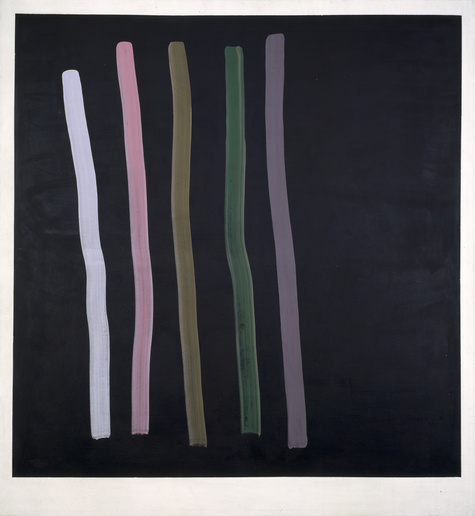
Sigmar Polke
Streifenbild V, 1968
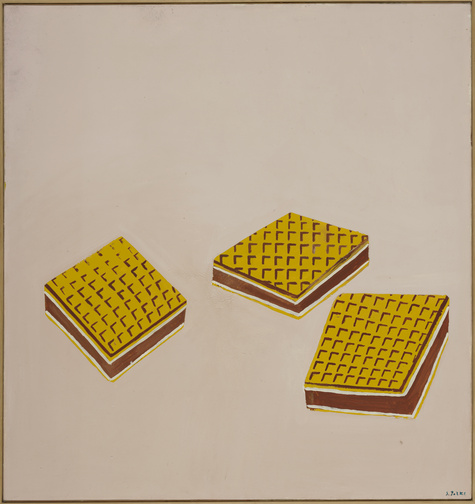
Sigmar Polke
Kekse, 1964

Erwin Wurm
Ärgerbeule, 2007
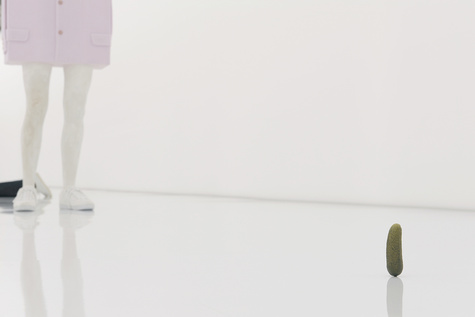
Erwin Wurm
Untitled (Gurke Nr. 42), 2008
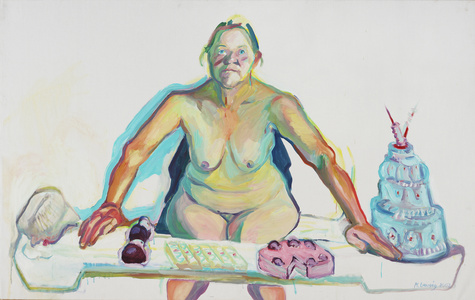
Maria Lassnig
Mehlspeisenmadonna, 2001/02
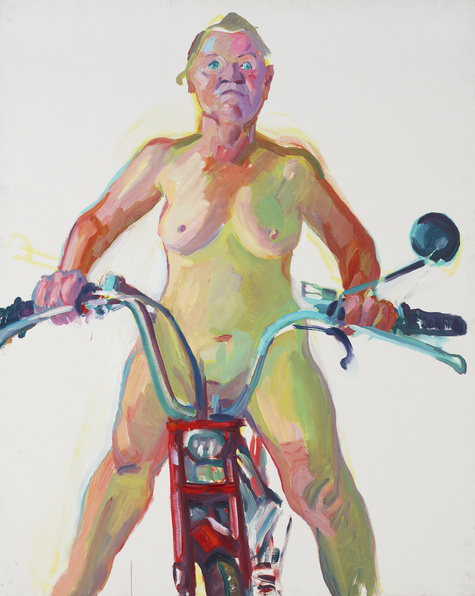
Maria Lassnig
Landmädchen, 2001
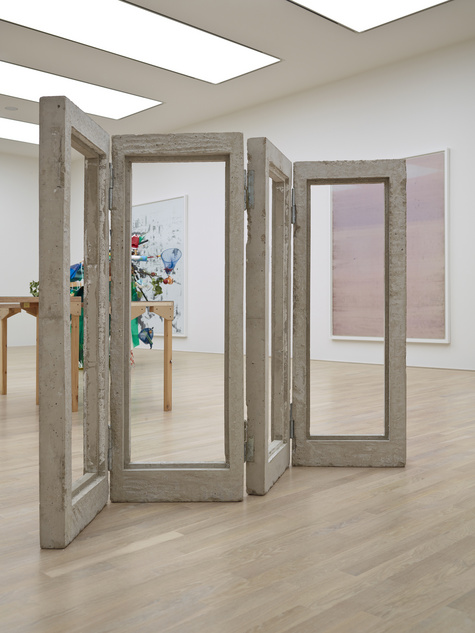
Isa Genzken
Paravent, 1990
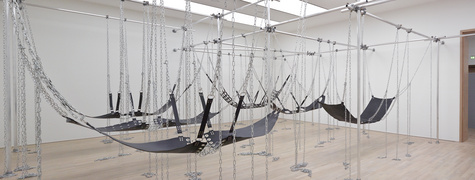
Monica Bonvicini
Never Again, 2005
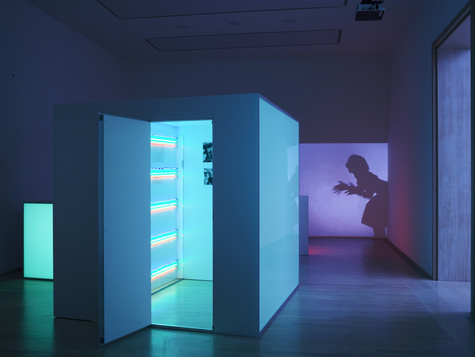
Angela Bulloch
Yuko: Group of Seven (One Absent Friend), 2005
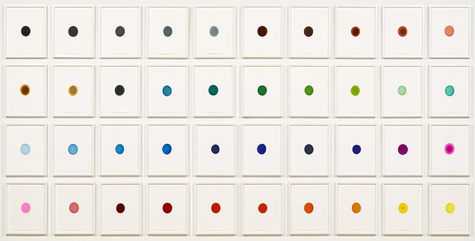
Ceal Floyer
Ink on Paper (Set of 40), 2010
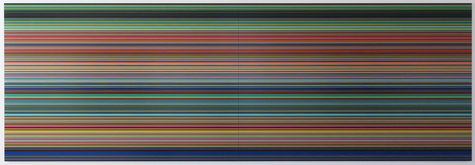
Gerhard Richter
STRIP (WV924-2), 2012

Isa Genzken
New Buildings for Berlin 1 and 2, 2003
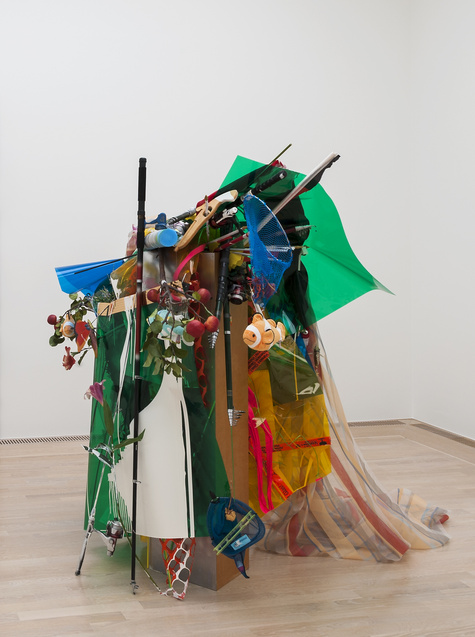
Isa Genzken
Leonardos Katze, 2006
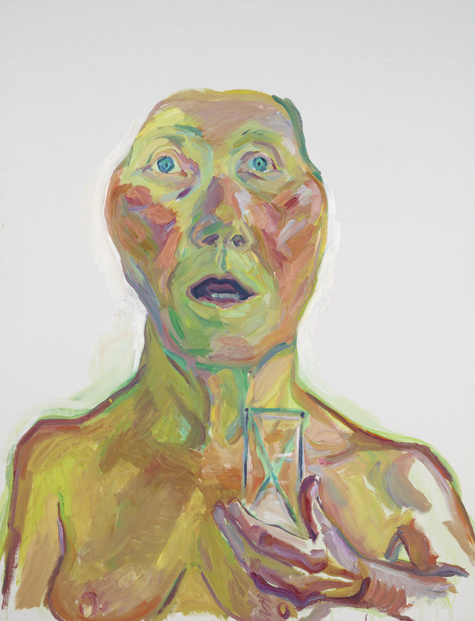
Maria Lassnig
Die Sanduhr, 2001
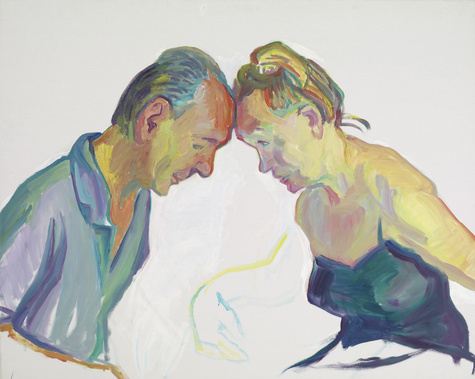
Maria Lassnig
Ehepaar, 2001
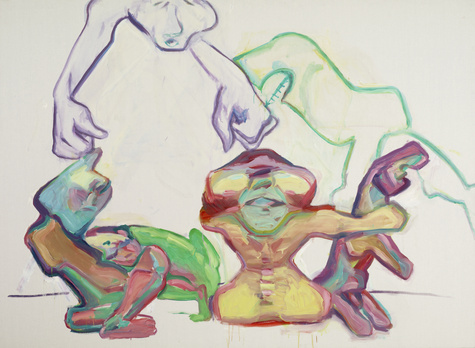
Maria Lassnig
Erniedrigte und Beleidigte, 2002
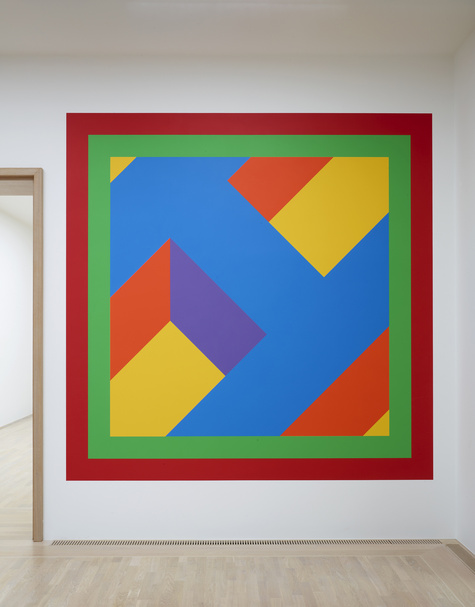
Sol LeWitt
Wall Drawing #1074, 2003
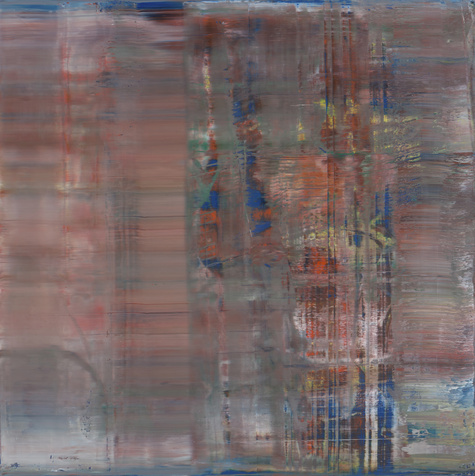
Gerhard Richter
Abstraktes Bild (WV 889-10), 2004


